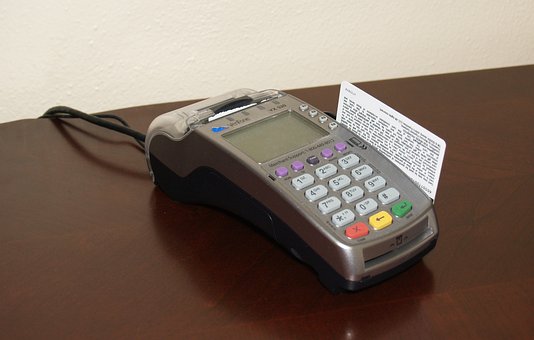Nigeria
US bank Silvergate crypto management
US bank Silvergate experienced the withdrawal of over $8 billion in cryptocurrency-linked deposits in Q4 2022, with two-thirds of the bank's customers pulling their deposits. The bank sold $5.2 billion in assets to cover the costs, resulting in losses of $718 million. Silvergate is a listed bank on the New York Stock Exchange and offers cryptocurrency services. The FTX crypto exchange's collapse, along with US regulators' warnings about issuing or holding cryptocurrency, led to the withdrawals, causing damage to the entire crypto industry.
Advertisement

In the final quarter of 2022, customers of US bank Silvergate, which offers cryptocurrency services, withdrew over $8 billion (£6.7 billion) of their deposits, with around two-thirds of the bank’s customers withdrawing their deposits during this period. The bank sold $5.2 billion in assets to cover the costs and maintain liquidity.
The withdrawals came after the collapse of FTX, a cryptocurrency exchange valued at $32 billion before its bankruptcy filing in November. Three US regulators have warned banks that issuing or holding cryptocurrency was “highly likely to be inconsistent with safe and sound banking practices.”
Silvergate is a listed bank on the New York Stock Exchange and is regulated within the financial sector. It is among the few businesses within this sector that provides cryptocurrency services. Sam Bankman-Fried, the former boss of FTX, has pleaded not guilty to charges that he defrauded customers and investors, with prosecutors stating that up to one million creditors may have lost their money.

The withdrawal of over $8 billion (£6.7 billion) in crypto-linked deposits by two-thirds of Silvergate’s customers in the final quarter of 2022 has compelled the bank to sell $5.2 billion in assets to cover costs and maintain liquidity. The collapse of the FTX crypto exchange, which was once valued at $32 billion before its bankruptcy filing in November, prompted the withdrawals. The incident, along with warnings from US regulators that holding or issuing cryptocurrency may be inconsistent with safe and sound banking practices, has shaken the entire crypto industry, leading to bankruptcy filings at other firms and declines in crypto values. Alan Lane, Silvergate’s CEO, attributed the asset sales to the “rapid changes in the digital asset industry”. As a crypto bank serving cryptocurrency companies, Silvergate held a unique position in the market, but its association with bankrupt Alameda Research, owned by Sam Bankman-Fried, who faces fraud charges, has damaged market confidence in the company.
Since the collapse of Sam Bankman-Fried’s crypto empire, investors, both large and small, have been withdrawing their funds from crypto companies, resulting in billions transferred from firms that store crypto funds. Despite the unprecedented withdrawals, major companies like Binance and Coinbase have survived so far, and Silvergate is also managing to weather the storm, although at a significant cost to its balance sheet.
Silvergate was a small US bank before entering the world of cryptocurrency and going public in November 2019. Its shares had grown by over 1,500% during the market’s peak in 2021, largely due to the tremendous growth of crypto in that period. The bank even attempted to launch its own stablecoin during this time, a form of cryptocurrency directly linked to an asset such as gold, the US dollar, or other cryptocurrencies.
Silvergate attempted to launch its own stablecoin during the peak of the crypto market in 2021, but its efforts were unsuccessful. The bank spent $182 million in January 2022 to acquire the technology behind Meta’s proposed Diem (formerly Libra) stablecoin, which ultimately never materialized.
In a filing to the US Securities and Exchange Commission, Silvergate revealed that it had sold debt to cover the withdrawals and had written off the Diem purchase, which is no longer considered an asset. As a result of the withdrawals, the bank has reduced its staff by 40%, or around 200 employees. The bank lost $718 million in total, which is higher than its profits since 2013.
Trending Topics

Recommendation FCMB Visa Card Classic
Get the FCMB Visa Credit Card Classic and enjoy a range of benefits, including global acceptance, fraud protection, and rewards. Apply now!
Keep ReadingYou may also like

Apply First Bank of Nigeria
Elevate your financial situation with a loan from First Bank of Nigeria. From personal loans to business loans, we have the loan options.
Keep Reading


